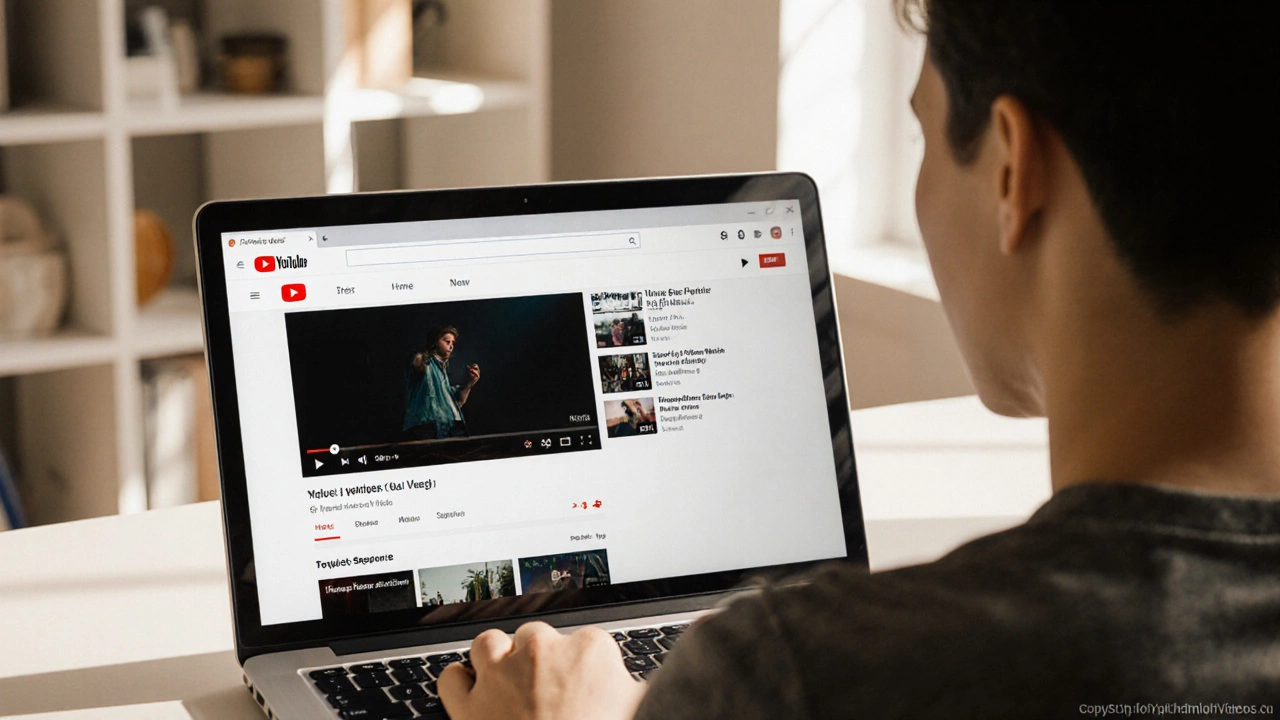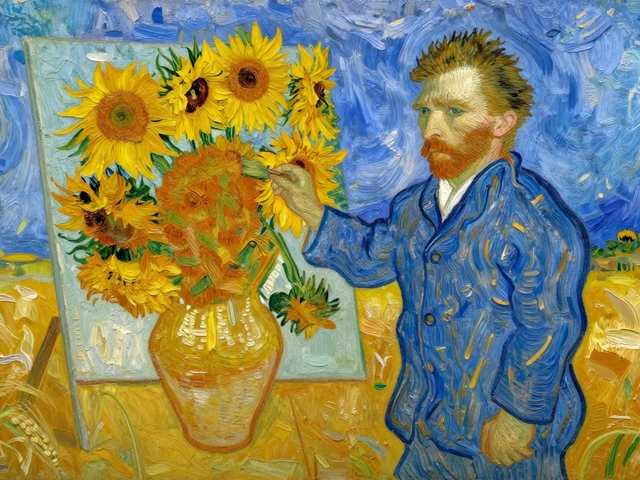Streaming Music: How It Works, Pays, and Shapes Your Art
When talking about streaming music, the delivery of audio tracks over the internet in real time, usually via subscription or ad‑supported services. Also known as online music streaming, it has become the main way listeners discover and enjoy songs today. Streaming music encompasses everything from the tiny indie playlist to giant platforms that host billions of tracks.
Key Pieces Behind the Stream
One of the most talked‑about pieces is music royalties, the money paid to rights holders each time a track is played on a streaming service. Royalties act as the financial engine that turns a play into a paycheck for artists, songwriters, and labels. The amount earned depends on a per‑stream payout rate, the listener’s location, and the subscription tier of the platform.
Another core entity is Spotify, the world’s largest music‑streaming platform, offering both free ad‑supported and premium subscription options. Spotify’s payout model is often used as the benchmark when discussing streaming income, but it’s just one player in a broader ecosystem that includes Apple Music, Amazon Music, and many niche services.
Behind every play is digital distribution, the service that gets your music onto streaming platforms, handling licensing, metadata, and royalty collection. Distributors like DistroKid, TuneCore, and CD Baby make it possible for independent creators to reach listeners worldwide without a record label.
All these pieces create a network where streaming music requires digital distribution platforms (Subject‑Predicate‑Object), royalties are calculated per stream, and independent artists rely on streaming income to fund their careers. Understanding these connections helps you make smarter choices about where to upload, how to price your music, and which promotional tactics actually move the needle.
For creators, the biggest question is often how to boost earnings. First, focus on maximizing plays on high‑payout services—premium subscriptions typically pay more per stream than ad‑supported tiers. Second, keep your metadata clean; accurate song credits ensure every royalty check lands where it belongs. Third, engage listeners with playlists, social media teasers, and regular releases; consistency feeds the algorithm and drives more plays.Meanwhile, listeners benefit from the same system: a richer catalog, personalized recommendations, and the ability to support their favorite artists directly through streaming. As the industry evolves, new revenue models—like fan‑funded NFTs or direct‑to‑fan platforms—are emerging, but the core of streaming music remains the same: delivering songs instantly while rewarding creators.
Below you’ll find a curated collection of articles that break down each of these topics in detail. From how Spotify calculates payouts to step‑by‑step guides for setting up digital distribution, the posts cover practical tips, real‑world examples, and the latest trends. Dive in to see how you can turn every play into progress.
Is YouTube Music Free? What You Need to Know
Learn if music on YouTube is truly free, the licensing rules that apply, and how to use tracks safely in your own projects.
Continue Reading




